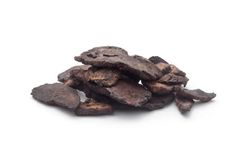Traditional Chinese Medicine Knowledge Overview
Traditional Chinese Medicine
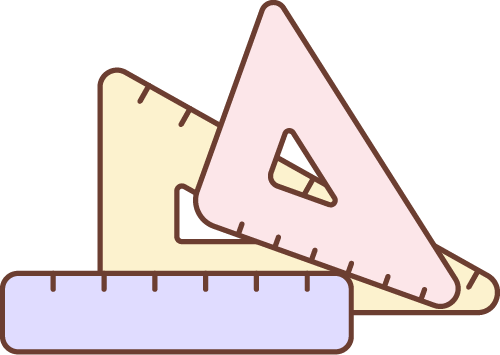
Shudi Huang (熟地黄, Rehmannia Glutinosa) is sweet in flavor, slightly warm in nature, and enters the liver and kidney meridians [1]. It is a traditional Chinese medicinal herb with a long history of use, recognized by practitioners throughout the ages as a key herb for nourishing blood. The Ben Cao Bei Yao (本草备要) states that it is “the superior agent for nourishing blood.” The effects and functions of Shudi Huang are extensive, and it is widely used in the treatment of liver and kidney yin deficiency, women’s blood deficiency, anemia, and sallow complexion.
Red blood cells are the most numerous type of cells in human blood. Under normal circumstances, healthy red blood cells have a lifespan of about 120 days in the bloodstream. During their lifespan, red blood cells gradually age and are ultimately eliminated by the mononuclear-macrophage system. However, the normal death of red blood cells does not lead to anemia, primarily because the body continuously generates new red blood cells while the old ones are being eliminated. As age increases, the physiological functions of organs and tissues gradually decline, leading to a decrease in the synthesis of erythropoietin, which in turn reduces the synthesis of hemoglobin, making anemia more likely. Shudi Huang can enhance the body’s hematopoietic capacity; let us explore which components of Shudi Huang play a role in this process.
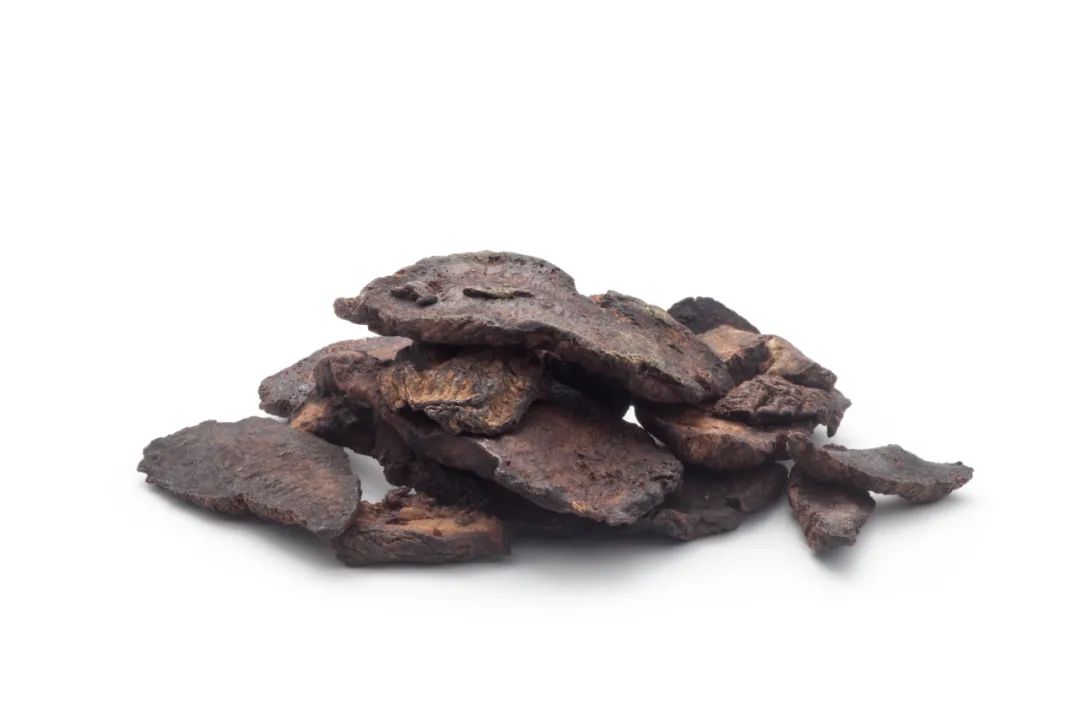
Figure 1 Shudi Huang
1
Water Extract of Shudi Huang
The water extract of Shudi Huang is the liquid obtained after boiling and extracting Shudi Huang. Its main components include zirconol, rehmannioside A, and rehmannioside C, all of which are iridoid glycosides with hepatoprotective and anti-inflammatory activities. Pharmacological studies have found that the water extract of Shudi Huang can promote the expression of erythropoietin and thrombopoietin in blood-deficient model mice, thereby enhancing the body’s hematopoietic capacity and increasing the number of blood cells and hemoglobin, thus playing a blood-nourishing role [2].
2
Polysaccharides from Shudi Huang
Granulocyte-macrophage colony-stimulating factor is a type of cytokine produced by T cells and macrophages that maintains the survival of hematopoietic progenitor cells and mature blood cells, and promotes the proliferation and differentiation of hematopoietic progenitor cells. Studies have found that polysaccharides from Shudi Huang can increase the serum levels of granulocyte-macrophage colony-stimulating factor in mice with both qi and blood deficiency, thereby increasing the content of blood cells, hemoglobin, and platelets, exerting a blood-nourishing effect [3].
3
Trace Elements
Iron is the most abundant trace element in Shudi Huang, directly involved in the synthesis of hemoglobin and has therapeutic effects on insufficient blood cell or hemoglobin synthesis due to iron deficiency. The copper in Shudi Huang can promote the conversion of inorganic iron to organic iron in the body and facilitate the entry of iron into the bone marrow, accelerating hemoglobin synthesis. The manganese in Shudi Huang can also stimulate the production of erythropoietin, enhancing hematopoietic function. Thus, the trace elements such as iron, copper, and manganese in Shudi Huang can play a role in nourishing blood by providing hematopoietic materials, promoting hemoglobin production, and enhancing hematopoietic function [4-5].
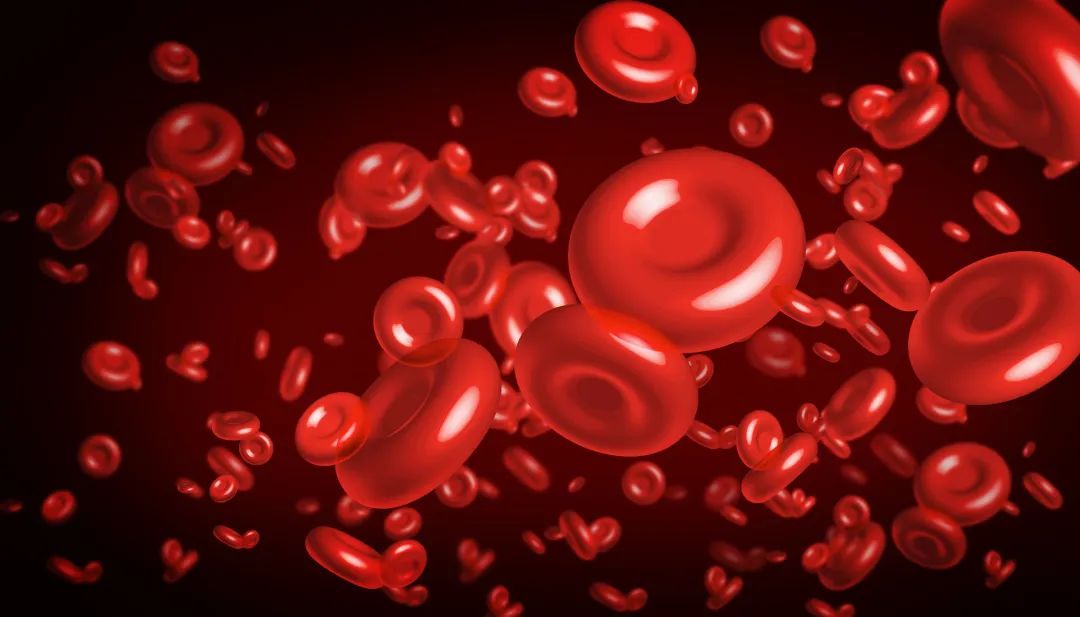
Figure 2 Red Blood Cells
4
Conclusion
As a traditional Chinese medicinal material, Shudi Huang has excellent medicinal and health benefits, making it suitable for older individuals, those with physical weakness, malnutrition, and those needing nutritional supplementation. However, caution should be exercised when using it, as Shudi Huang has a relatively rich and moist nature, which may burden the spleen and stomach functions. Therefore, patients with poor spleen and stomach function, chronic gastritis, or insufficient gastric motility should be cautious before use. While traditional Chinese medicine has many benefits, it should be used under medical guidance.
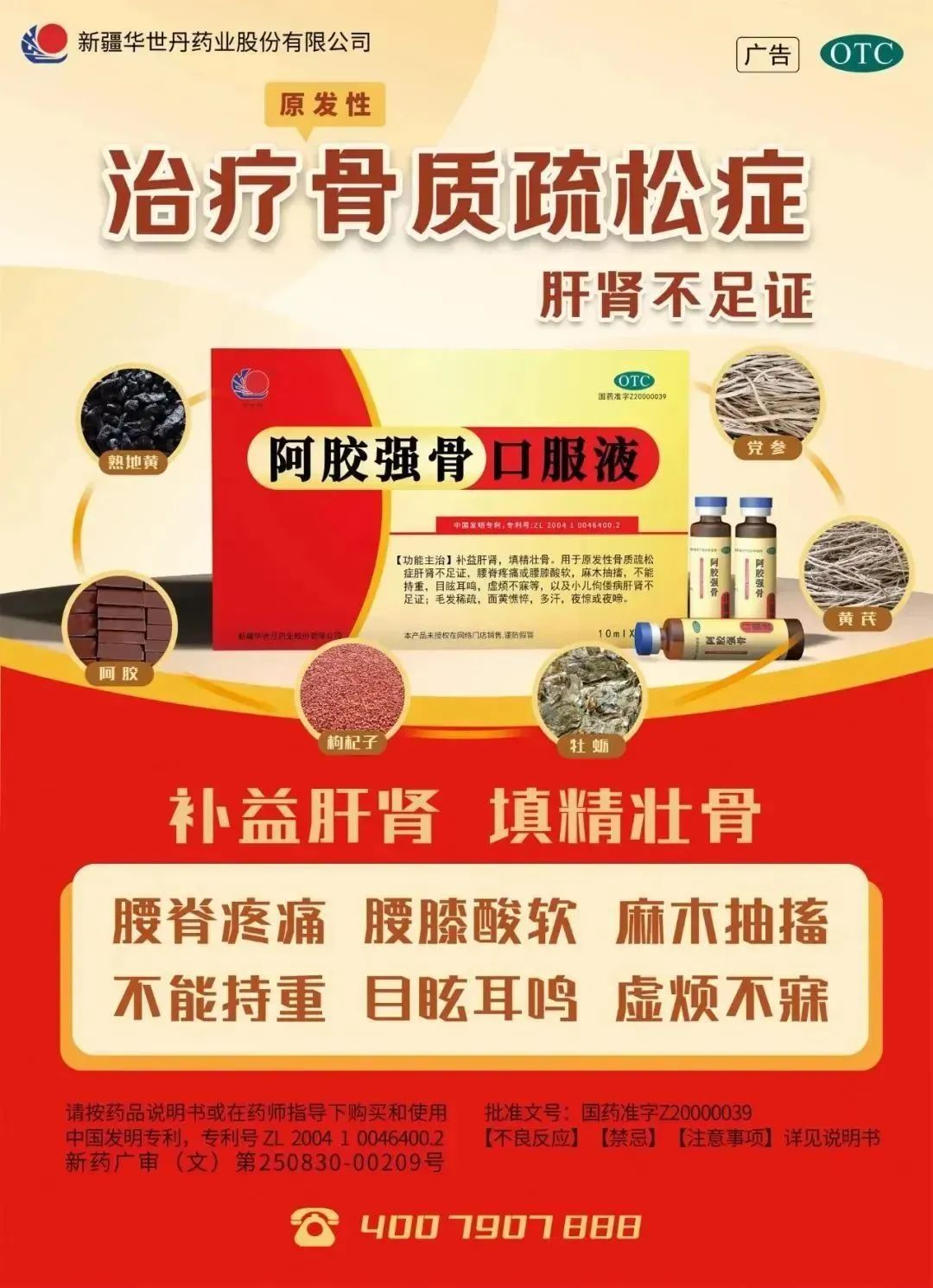
Figure 3 Ejiao Qianggu Oral Liquid
Please purchase and use according to the drug instructions or under the guidance of a pharmacist.
References (scroll to view)
[1] Chinese Pharmacopoeia [S]. 2020.
[2] Liu Yangyang, Zhang Xuelan, Kong Qingyue, et al. Study on the Blood-Nourishing and Immune-Regulating Effects of Raw and Cooked Rehmannia [J]. Chinese Medicinal Materials, 2022, 45(08): 1853-1856.
[3] Liu Peijian, Miao Mingsan, Gao Jianlian. Effects of Polysaccharides from Shudi Huang on Blood Cell and Serum Granulocyte-Macrophage Colony-Stimulating Factor Levels in Mice with Qi and Blood Deficiency [J]. Chinese Journal of Tissue Engineering Research and Clinical Rehabilitation, 2008(38): 7543-7546.
[4] Wu Qifan. Analysis of the Effects of Trace Element Sports Supplements on the Physiological Functions of Volleyball Athletes [J]. Food Research and Development, 2023, 44(05): 233-234.
[5] Sun Xiaoqi, Wu Tianqi, Li Lu. The Relationship Between Trace Elements Zinc, Iron, Copper, Manganese and Common Diseases in the Elderly [J]. Modern Food, 2018(18): 43-45.
END


